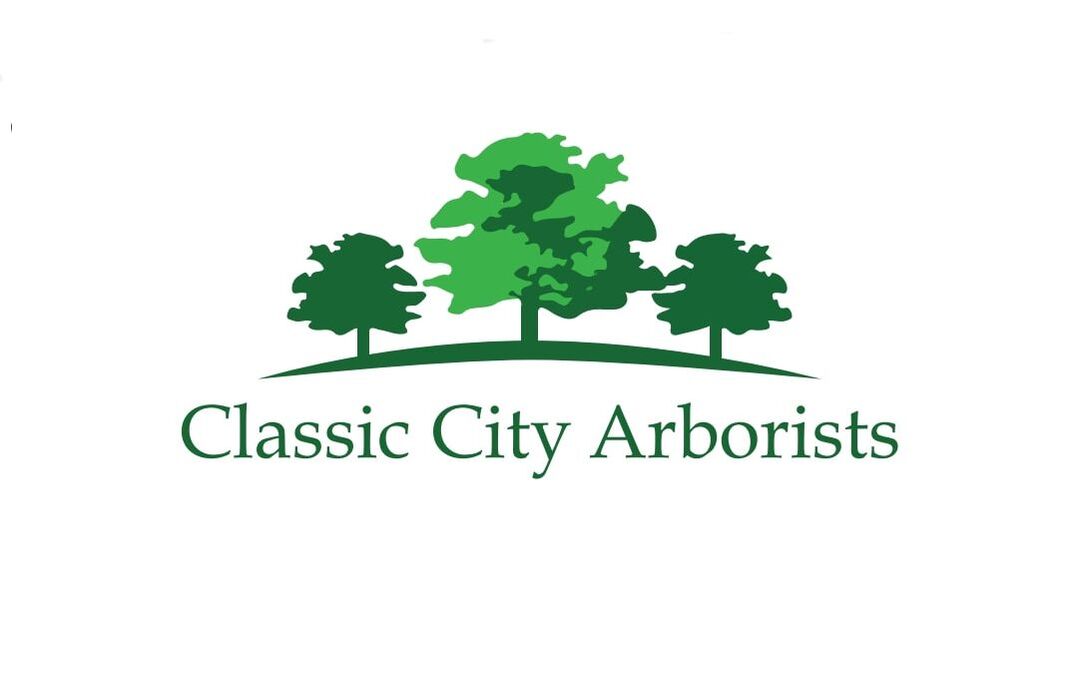|
News and Blog Articles
|
|
Have you ever driven down someone’s driveway and commented on how bumpy the concrete is? Or maybe you’ve noticed how the sidewalk in the park has huge fissures and bulges, like something’s trying to break through. Maybe you’ve seen a veritable wall of bushes lined up in a row with one or two looking yellow and sickly, even though the bushes around them are just fine The likely culprit in all these situations: Roots! Most people don’t realize how large a root system can grow, and how far that root system will spread. Just like the tip of the iceberg you see sticking out of the water is only…well, the tip of the iceberg—there’s a massive danger lurking just beneath the surface, whose size is underrepresented by what you can see. The unsuspecting happily plant trees too close to buildings or other structures, sidewalks, pavement, and even each other, where their roots will cause all kinds of trouble down the road. City establishments are repeat offenders when it comes to planting trees too close to a sidewalk or playground; what they’re hoping will provide shade and a general enhanced aesthetic ends up destroying the walkway and poses a tripping risk for children. New homeowners are also guilty of this; thinking about how commanding and fairy-tale-like it would look with a pair of gorgeous oaks framing the driveway, they plant much too close to the pavement and end up with massive bumps and cracks in their new driveway. Sometimes, it’s the other way around; structures are built much too close to surrounding trees, with an unintentional disregard for the potential danger. In the South, this is seen frequently with sheds; people like to build one under a nice, big tree for the cool shade it offers (the shed itself will likely not be air-conditioned). This leads to roots breaking through the floor of your new workshop, which damages its structural integrity. But just as roots pose a major threat to your shed, driveway, and home, we can pose the same level of threat to the tree. Tree roots are incredibly sensitive to any kind of impact; whether it’s something as drastic as new construction, or something as innocuous as installing a sprinkler system, roots are notoriously easy to damage. Disturbed roots can stunt the tree’s overall growth, and can even end up killing off some (or even all) of the tree They are also at risk of suffocation from compacted soil; the ground can become denser when heavy machinery drives over it repeatedly, and this reduces the oxygen concentration as well as the water flow, which in turn can cause root rot and death. Unfortunately, about 90% of a tree’s root system lives in the first 12 to 18 inches of soil, meaning even surface-level alterations, like digging a new flower bed, can lead to root damage. Even worse, the effects of root damage can take 5 to 10 years to show in the tree itself, so you might not even realize you’ve disturbed anything until a lot later down the line So What Can You Do?The easiest answer is simple: account for the roots! To avoid roots damaging the things around them, don’t plant trees too close to anything, even each other. The rule of thumb when it comes to how big a tree’s root system will grow is that roots will most often mirror the tree they support; so however big you’re expecting your tree to get, you can expect the same size and spread underground, though without the leaves Be sure to note that when we say the roots will mirror their tree, we mean they will mirror how big the tree would naturally grow. Roots can spread with the intent to support their tree at its fullest potential, no matter how you curb the actual tree’s shape by pruning and trimming If you’re hoping to establish a privacy fence with a row of Leyland Cypresses, make sure you know how far apart they need to be; otherwise, they’ll crowd each other and end up competing for resources, and you’ll end up with some dead trees and a lot of holes in your privacy fence. If you want your shed to sit under the protection of canopy, consider elevating it so the floor is safely away from the ground, and there’s room underneath for roots to impose in. If you’re looking at planting a Crepe Myrtle by your front door, look into how big the tree will grow; while they are usually trimmed to look more like a bush, Crepe Myrtles are trees that can grow quite large, and their root system will reflect that no matter how small you’ve cut back the tree itself. What About Established Trees?Unfortunately, once a tree is established, there isn’t much you can do to curb the spread of its roots—except removing the tree entirely, which will kill the root system. If you’re concerned about the root system of an established tree on your property, schedule a free estimate with us today, and we’ll come out to give you our professional opinion on whether or not the root system presents a threat, and possible options for curbing that threat How Do You Protect Your Trees?The best way to avoid causing damage to your tree’s root system is to make sure you don’t do any kind of construction or land alteration too close to the tree’s trunk; the root system closest to the tree offers structural support as well as a bulk of the tree’s nutrients, and a hit there could be fatal. The ends of a root system, while still important, will have less of a drastic impact on the tree’s overall health The general rule of thumb to keep in mind is that you should stay about 6 to 12 inches away from the trunk for every inch of diameter the tree has. So, for example, if the tree is about a foot wide, that means its diameter is about 12 inches; this means you should give at least 72 inches, or 6 feet, of buffer around your tree if at all possible. When measuring diameter, make sure you’re working at breast-height, or about 4 and a half feet up from the ground If you’re unsure how close is too close, give us a call for a consultation or contact another certified arborist. Also be sure to keep an eye out for signs of damage and decay in your trees, which can indicate root damage. Check out our article on what to look for! Also, be sure to keep an eye out for our Tree of the Month articles; every month, we feature a tree that’s commonly found in Athens, or maybe a tree you might want to plant in your yard. We highlight the pros and cons of the tree, including how big it can get, so you’ll have a quantitative measure of how far the roots might spread. And remember, no matter what you plant, what you build, or what you do, always account for the roots! AuthorEmily Casuccio is sister and sister-in-law to Rebekah and Scott Rushing, and has over half a decade of experience in copywriting, copyediting, proofreading, and developmental storyboarding. She's worked with both published and undiscovered authors on both fiction and nonfiction, and takes pride in supporting local businesses. Her passion lies in the written word and helping authors of all capacities realize their dreams and achieve their fullest potential. To learn more about her, read samples of her work, or contact her, visit her online portfolio.
0 Comments
Your comment will be posted after it is approved.
Leave a Reply. |
Categories
All
Archives
January 2023
|
|
23 Whatever you do, work at it with all your heart, as working for the Lord, not for human masters,
24 since you know that you will receive an inheritance from the Lord as a reward. It is the Lord Christ you are serving.
Colossians 3:23-24
24 since you know that you will receive an inheritance from the Lord as a reward. It is the Lord Christ you are serving.
Colossians 3:23-24

